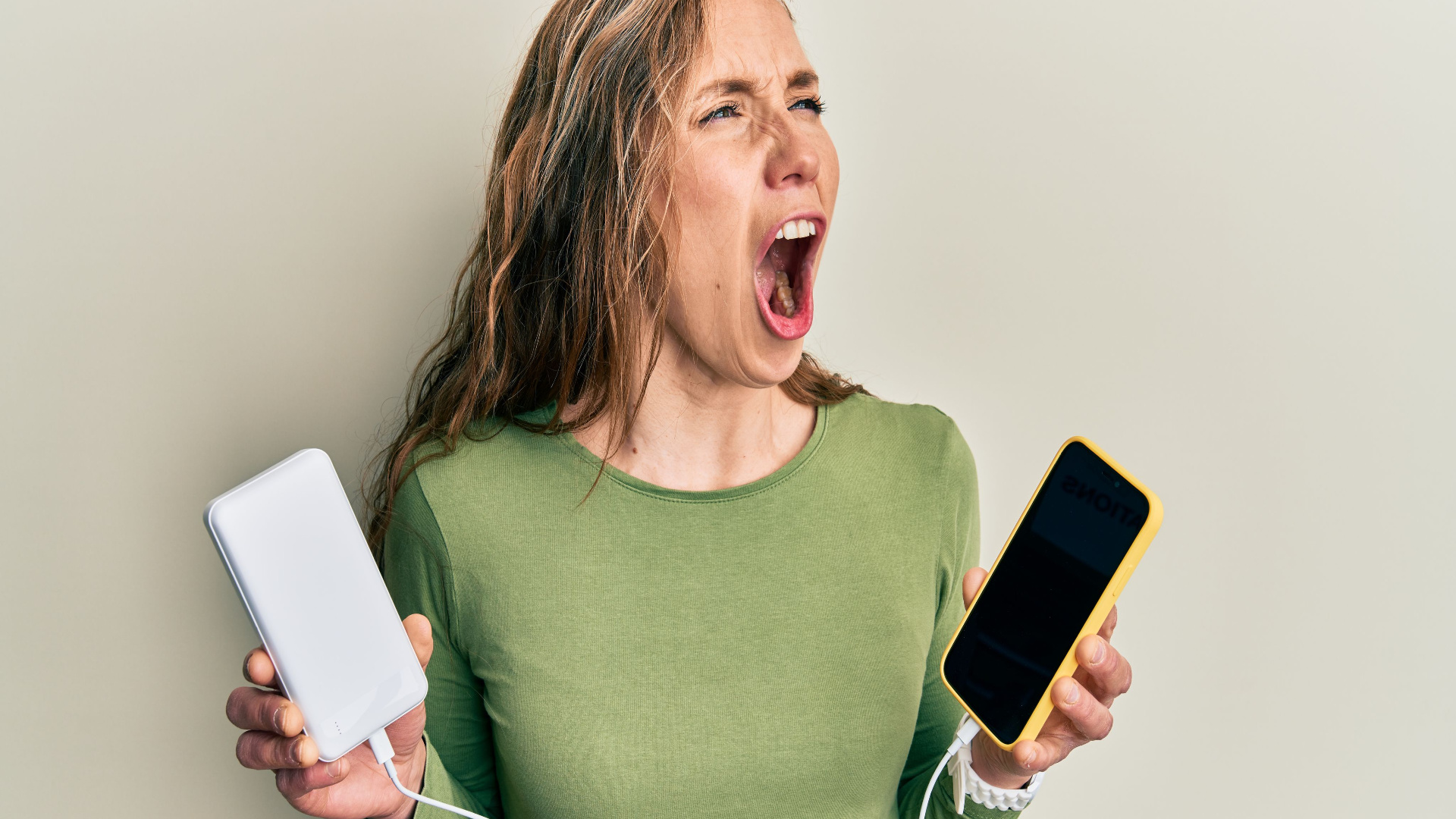I would love a universal charger for iPhone and Android but have zero faith it will stick
USB-C won't be the end of it

Having one charging port to rule them all sounds like such a good idea. The same port and plug, regardless of device or platform, could solve a world of problems, not the least of which is e-waste.
The European Union has been pounding this USB-C port-shaped drum for years and now US Senators are joining the fight. On Thursday (July 7, 2022), Senators Edward J. Markey, Bernie Sanders, and Elizabeth Warren sent a letter to US Commerce Secretary Gina Raimondo urging the Secretary to "follow the EU’s lead by developing a comprehensive strategy to address unnecessary consumer costs, mitigate e-waste, and restore sanity and certainty to the process of purchasing new electronics."
In the letter, the Senators call consumers' need to buy specialized charging equipment for different devices more than a mere annoyance, they claim it's a financial burden.
The letter goes on to ask the Commerce Department to develop "a comprehensive plan that will protect both consumers and the environment by addressing the lack of a common U.S. charging standard."
I get it. This is rational thought. I have too many chargers, too many cables, and curse when I realize I left behind that old micro-USB, Lightning port, or another proprietary charger. That's why I travel with so many cables, tiny USB-C and USB-3 bricks, as well as a few adapters. I'm like a charging camel, but my humps are filled with wires, plugs, and ports.
Even though the US Senator's approach is modeled on the EU's universal port quest, it's more measured, asking one bureaucracy to come up with a plan to force an ungainly corpus of tech companies to comply. Contrast this with the EU's take-no-prisoners approach, which has already set a deadline of 2024 for Apple to drop Lightning and adopt USB-C ports on its iPhones and other devices.
I have little doubt that we will eventually see USB-C ports and cables across all Android, iPhone, and myriad other devices by 2024 (if not sooner). But I also think the idea of "universal" technology of any kind is flawed.
Sign up for breaking news, reviews, opinion, top tech deals, and more.
First, it flies in the face of innovation. We can't allow standards to hold back companies that might come up with better and more efficient port designs. Certainly, some of this work will happen without changing a single port or plug. USB-4, for instance, promises to unify the still disparate flavors of USB and Thunderbolt all under one common piece of hardware. That's the good news. The bad news is that five years from now someone will develop a new port, maybe a smaller one that uses less metal and wiring but offers an even higher throughput of data and power.
The universal charging port might hamper competition. If one company develops a new port that, say, helps deliver better AR or VR experiences and supports their own device in a way the universal standard doesn't, can they not build or sell that because the rest of the industry considers the port question settled?
Do we say for anything new, interesting, and potentially innovative, "No thank you, that doesn't fit the standard"? Of course not.
In the meantime, a rapid shift to this new standard will cause its own eco calamity as all those charging cables and maybe some charging bricks become useless. Plus, we're already suffering through tech companies' answer to the charger glut: sell us phones without them. This means that if we didn't hold onto that old charger, we need to buy a new one, which eventually won't work with the next phone featuring a newly standardized charge port, causing even more financial strain as we buy yet another charger and/or cable.
In other words, this situation could get worse before it gets better.
Part of the problem I have is that I grew up in an era where we thought each new port, from SCSI to parallel, and from USB-micro to USB-A was the new standard, until it wasn't. That's because the cycle of innovation is not a dial that winds down to zero and stays there. It's a continuum that stretches out into the distance and a destination you can't see because you'll never reach it.
Yes, we should ask for more consistency and, maybe, even for Apple to stop forcing every iPhone owner to use what is clearly an antiquated Lightning port system.
But don't fool yourself into believing that the US and EU have found the universal charger standard and it's smooth sailing from here on out.
It isn't. It never will be, and that's probably OK.

A 38-year industry veteran and award-winning journalist, Lance has covered technology since PCs were the size of suitcases and “on line” meant “waiting.” He’s a former Lifewire Editor-in-Chief, Mashable Editor-in-Chief, and, before that, Editor in Chief of PCMag.com and Senior Vice President of Content for Ziff Davis, Inc. He also wrote a popular, weekly tech column for Medium called The Upgrade.
Lance Ulanoff makes frequent appearances on national, international, and local news programs including Live with Kelly and Mark, the Today Show, Good Morning America, CNBC, CNN, and the BBC.